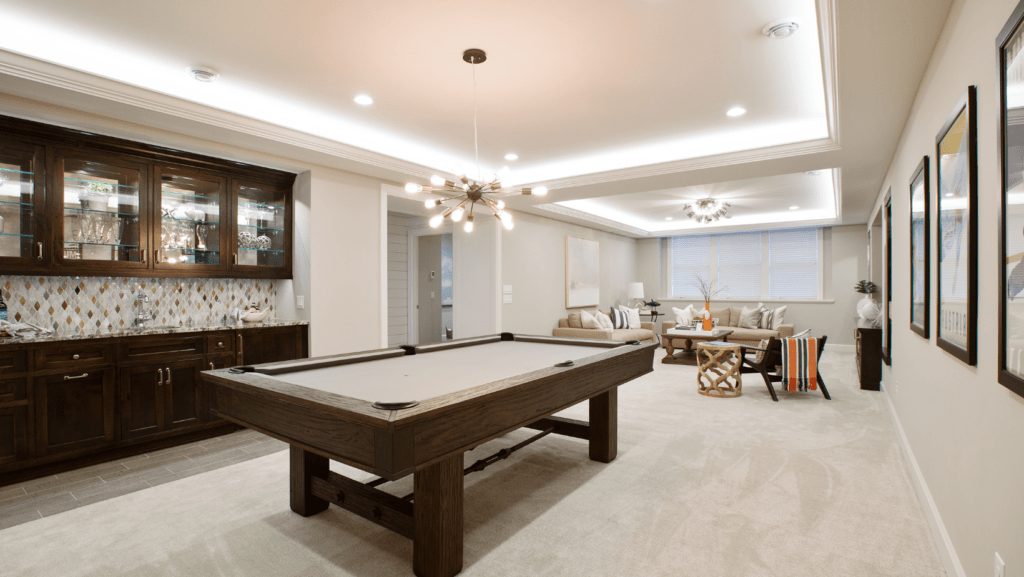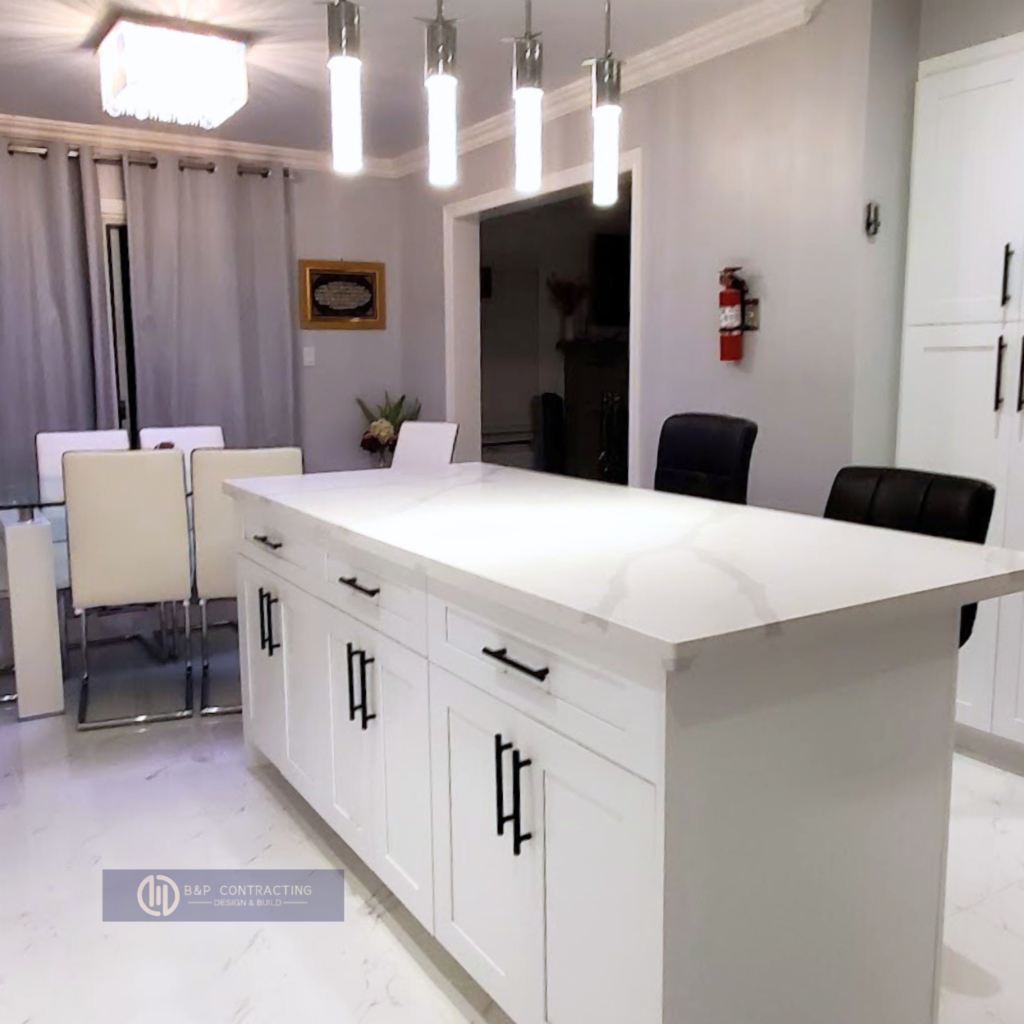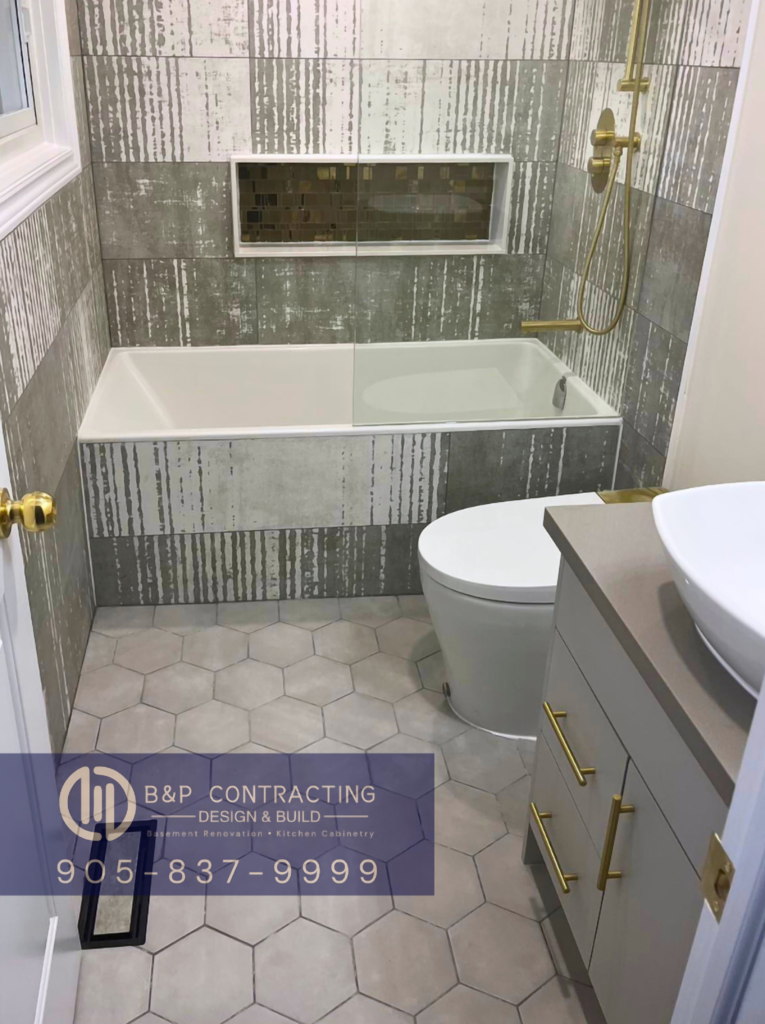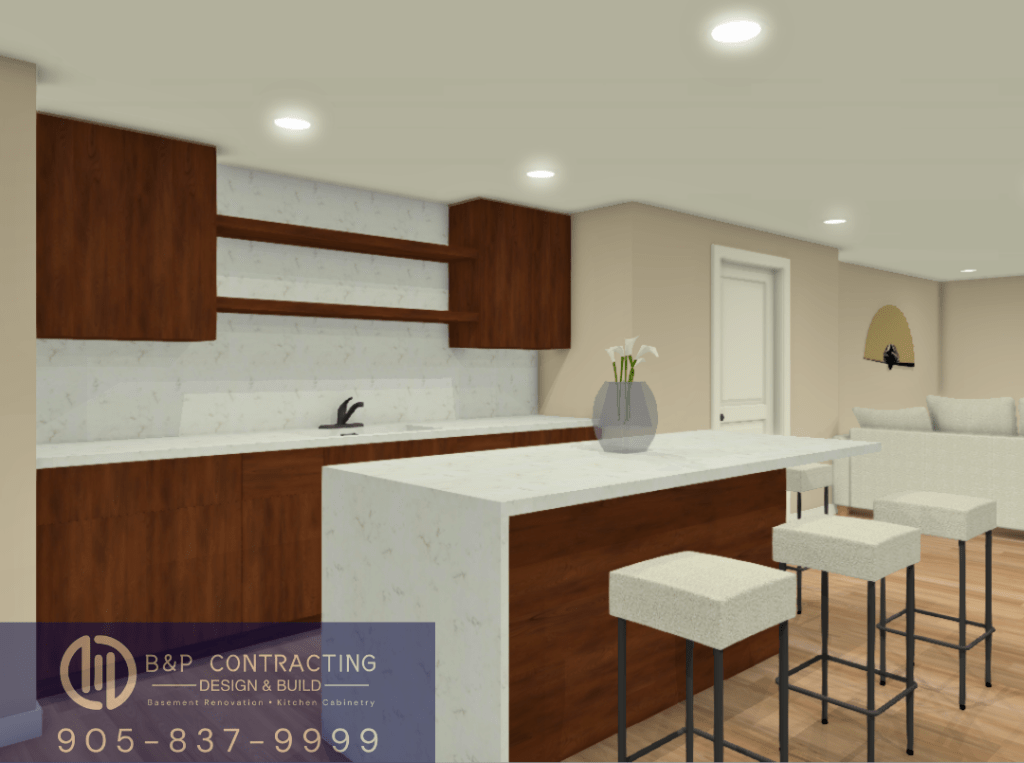Expert Tips to Brighten up a Dark Basement
How to brighten up a dark basement:Expert Tips The basement, often relegated to the shadows, has the potential to evolve into a vibrant and inviting space within your home. If you’ve been grappling with a dark and dingy basement, fret not! With a blend of strategic design choices and practical enhancements, you can breathe new […]
Expert Tips to Brighten up a Dark Basement Read More »





